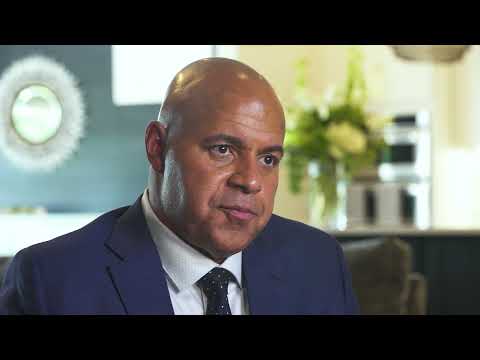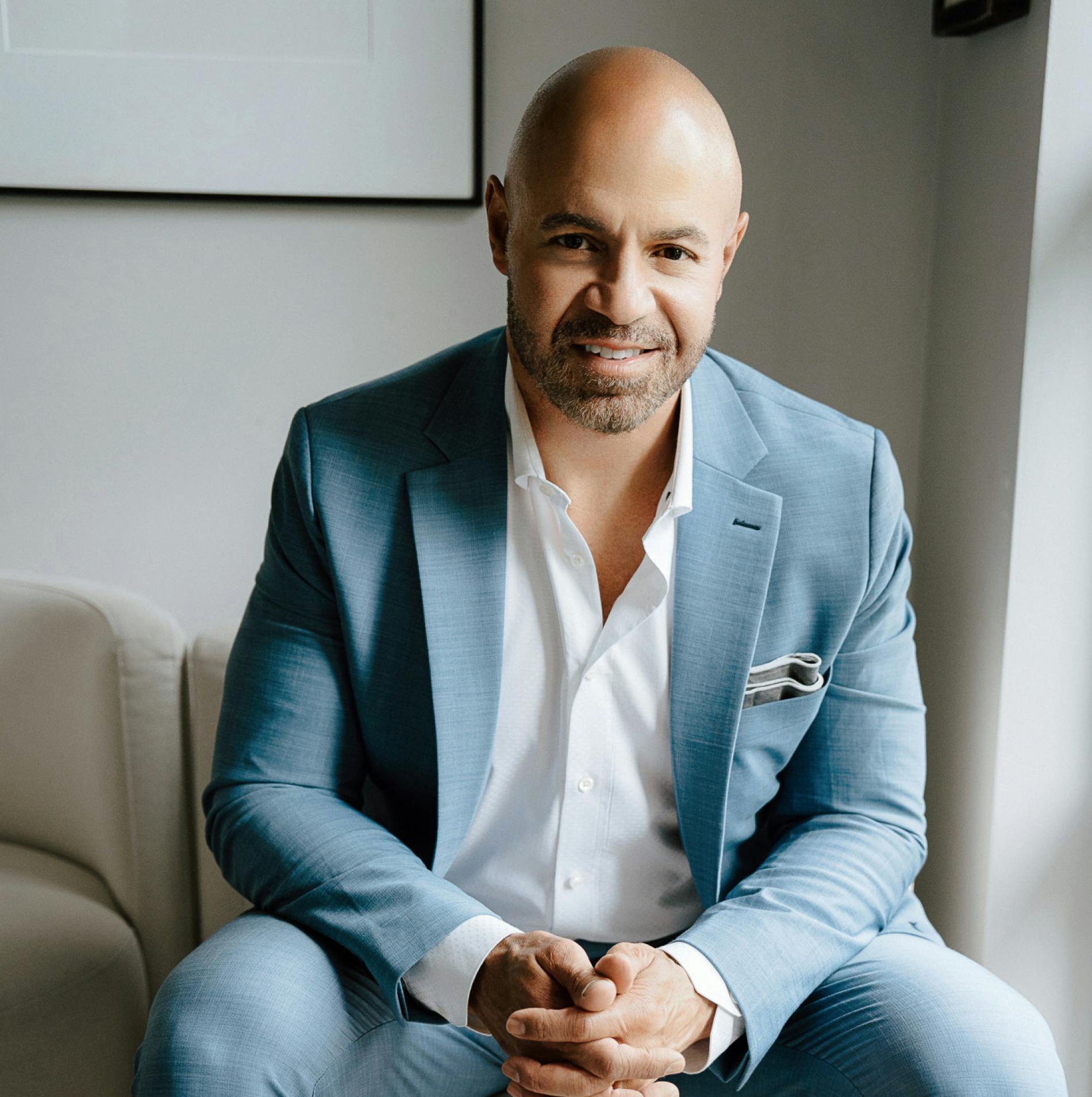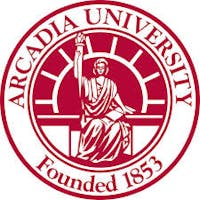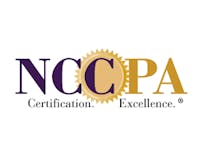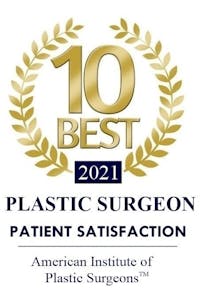At what age should I consider getting a facelift?
The determination of whether or not someone is a facelift candidate is primarily based on the presence of whether or not the components of an aging face exist, such as; a pronounced inelasticity in the cheeks and neck, jowling, flattening of the cheeks, or an obliquity in the angle of the neck under the chin. When considering a facelift, patient age may vary tremendously. Variables such as; genetics, smoking history, cumulative sun exposure, and other environmental factors will influence age related facial changes.
Do you do the minimally invasive thread lifts or ‘lunch-time’ lifts?
In short, no. My commitment to always advocate what is going to yield the safest, most durable, most consistent result for every patient is not only unwavering, but non-negotiable. Although there may be occasional good results from lesser “lunch-time lifts” in select patients, the inconsistencies, unpredictability, and inherent lack of durability of such techniques cannot be underestimated.
I am afraid I’m going to look unnatural after a facelift. What can you do to make me feel better about this?
The principles of current facelift techniques have been established since the early 70’s. It is therefore the plastic surgeon’s role to accurately assess in consultation what is needed to restore youth in a particular individual and then skillfully implement the time-honored surgical techniques. Adherence to this process is the recipe for consistency in achieving natural results. This process, while undeniably comprehensive, can be time consuming and meticulous. Whether intentional or not, it is however, the deviation from this very process that compromises results. This leads to undesired outcomes, unnatural appearances, and revisional surgery. Facelift principles set forth by plastic surgeons nearly 50 years ago remain the gold standard today. The idea of circumventing those principles at the risk of compromising results is a notion that I personally will not entertain.
Does a facelift require general anesthesia?
The use of general anesthesia for facelifts in my practice is reserved for the classic facelift, which involves a comprehensive rejuvenation of the cheeks, jowls and neck. Individuals with youthful looking necks and mild signs of aging in the cheeks and jowls may be good candidates for surgery under moderate sedation.
I just quit smoking. Am I still a candidate for a facelift?
Active smoking, to many plastic surgeons is an absolute contraindication to facelift surgery. Smoking has a profound impact on healing and may lead to skin sloughing, fluid collections and poor scar quality following facelift surgery. Personally, in my practice, I require all active smokers to be smoke free for 6 months prior to a classic facelift – this helps to optimize healing and limit the risk of complications.
I have bags and loose skin under my eyes in addition to my turkey neck. Will a facelift address my lower eyelids as well?
No, a facelift will not address all the components necessary to adequately restore youth to aging eyelids. In approximately 75% of all facelift patients in my practice, eyelid contouring surgery (blepharoplasty) is done at the same time. Fat transfer procedures (fat grafting) around the eyes and cheeks can also be performed at the time of facelift surgery, thus giving a more comprehensive facial rejuvenation.


